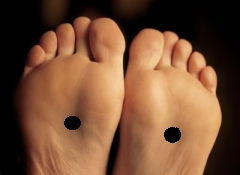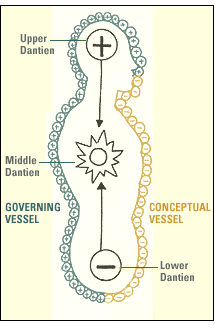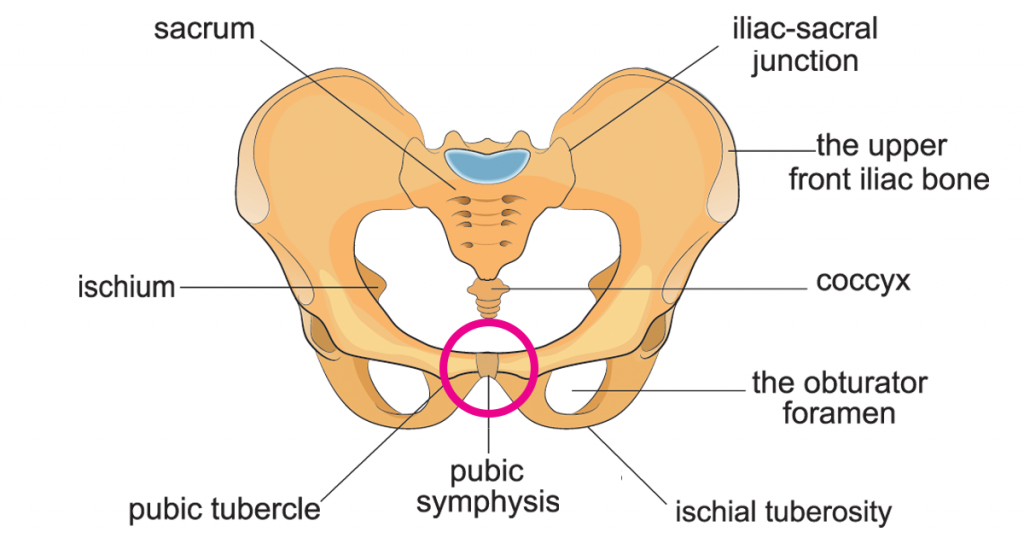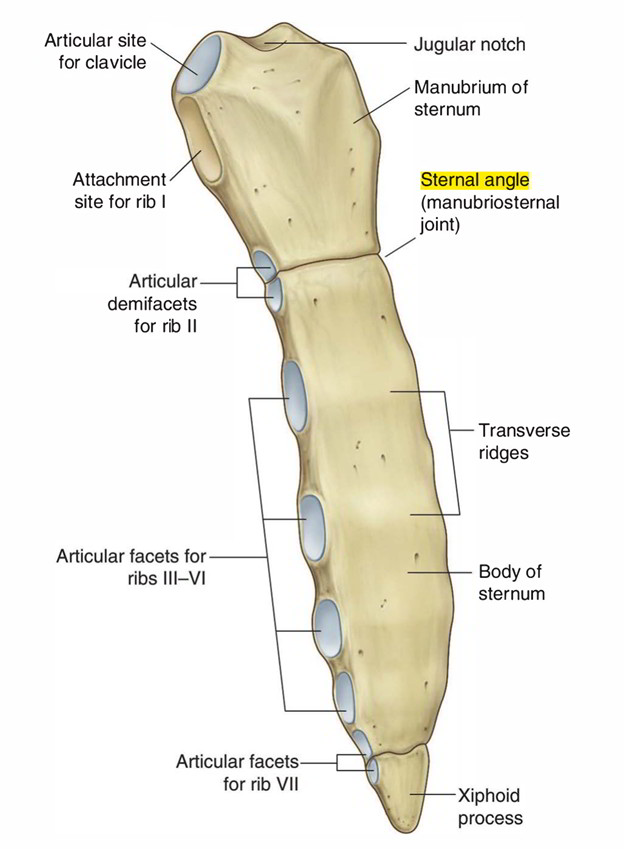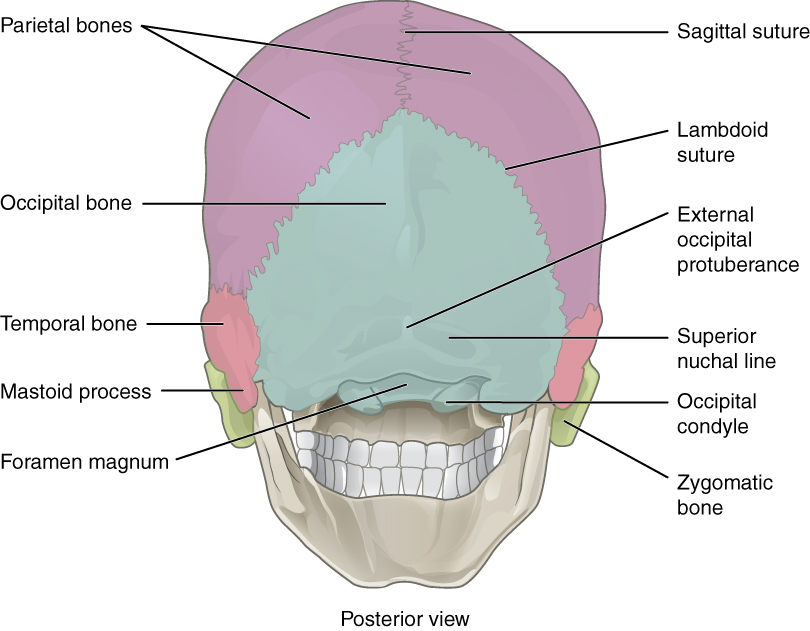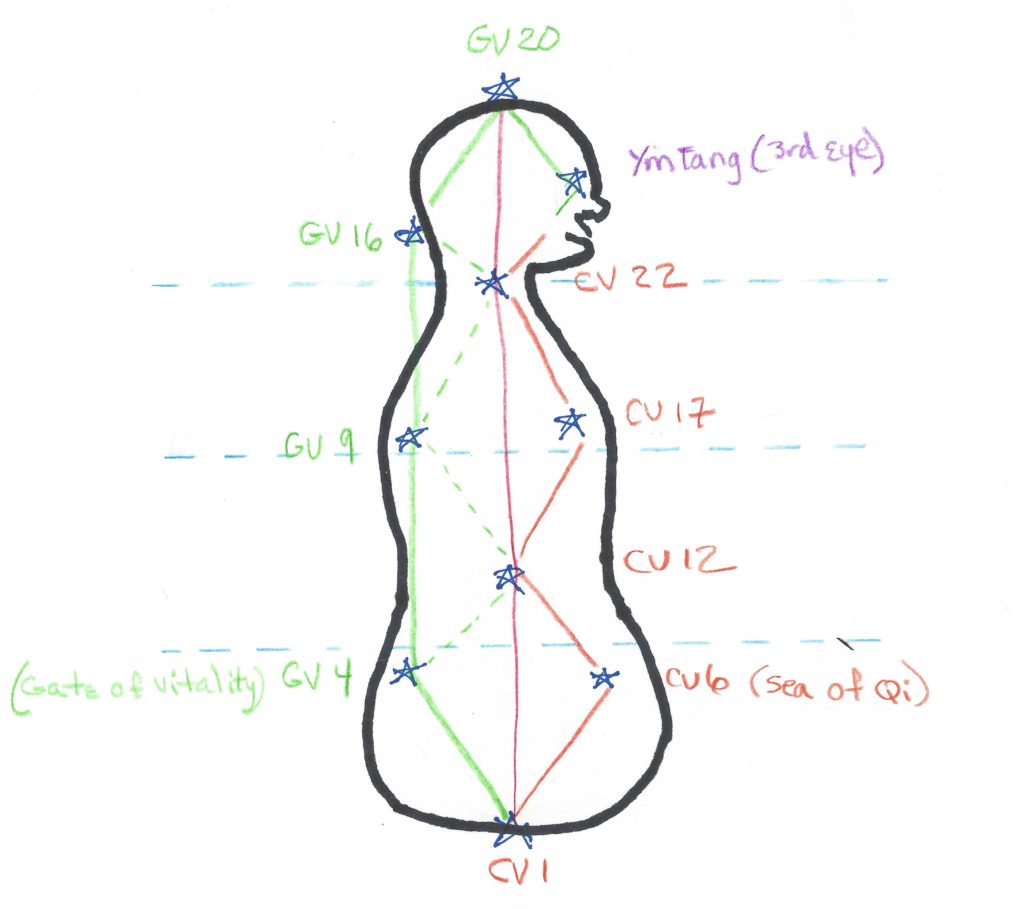The Russian War on Ukraine … and more
The Russian war against the Ukrainian people has come as a visceral shock to most of the world and a major wake-up call to those of us who have not quite felt the reality of the Buddhist principle of Impermanence. Throughout human history ignorance (avidya) and suffering (dukhah) have been present, and aggression and violence are far more common today than any sane person would expect, but here we are. Ignorance has become a source of pride in many segments of society. Morally bankrupt leaders are found in every industry and every country. Global Warming is already reeking havoc on the ecosystems of the planet. This is the world we inhabit.
Because of the proliferation of social media and other forms of modern communication, we can get minute by minute updates on what is happening in Ukraine and also how the world is responding. This is an important way to enter into the awakening collective consciousness and help grow and strengthen the field. We will feel tremendous pain and grief arising as we see insanity manifest in violence. And hopefully we will become more sensitive to the violence continually happening in less ‘culturally visible’ parts of the world, such as Yemen, Myanmar, and The Democratic Republic of the Congo, as well as the violence all humans are inflicting on Mother Earth
But we also can feel a sense of hope when we see the tremendous courage of the Ukrainian people and the mobilization of concerned citizens around the world offering support in a multiplicity of ways. Many news outlets, including CBS and NPR are providing information on how to offer financial support. Here are a few more options for this Buddhist practice of dana, generosity, if this is something that works for you.
Americares
international rescue committee
Doctors without borders
Of course the reality that this outpouring of aid is rarely seen when it comes to our ‘non white’ sisters and brothers. This is another wake-up call to move from entho-centric to world-centric in our collective awakening consciousness. It is impossible for any one individual to hold all the details and solve many of the problems of the world, but not impossible to continually expand our hearts and consciousness and awaken deeper dimensions of the collective.
We also have our spiritual practice, where expanding our hearts to hold the suffering while maintaining our own inner equanimity is something we can do in every breath. By joining into the world sangha, we collectively offer and receive the open-hearted support of compasssion and unconditional love no matter what may be arising. If we are feeling strong, we can offer. If not, we can open to receiving.
If you are a more seasoned practitioner, the Buddhist practice of tonglen is a powerful way to sit with the suffering of others. Practicing any or all of the four Brahma Viharas (PYS I-33): Loving Kindness, Compassion, Sympathetic Joy and Equanimity will also be nourishing and healing for individuals and the collective.
Some Words of Wisdom on Embodying Presence from Bonnie Bainbridge Cohen:
To support our meditation practice, we also have our somatic meditation where we engage and awaken the innate cellular intelligence of our bodies, and life itself. This next section comes from my teacher, Bonnie Bainbridge Cohen. Here she articulates the inner principles we have been exploring in the Embodying Presence classes.
“Someone recently commented on this quote of mine that was posted on Instagram: “Feel it in your body and get out out of your brain and frontal lobe.”
They commented, “First, though it must be felt in the brain to reorganize the body.”
That’s a general conception. And it’s valid. What I’m sharing is another perspective. When our body is forming as an embryo, it does so without the brain’s control. There are processes that take place before there is a brain.
The brain itself is one of the later structures to develop embryologically. The heartbeat can be perceived in the embryo at three weeks. Brainwaves are not perceived until about six months. From my experience in researching through embodiment, there is an organization within the tissues themselves that underlies the organization by the nervous system. Experience happens first in our cells and tissues. The nervous system, including the brain, records this experience after it happens.
Each cell in our body has living intelligence. It is capable of knowing itself, initiating action, and communicating with all other cells. Cells experience directly, before information reaches the brain. In exploring the body and movement, there are ways to access the direct experience of our tissues and cells, ways to enter this process before the brain modulates or filters it. When we follow our awareness to this place of directly experiencing, it gives us a sense of open presence in our body.
The brain, of course, is important but it enters the process secondarily, after the experience has taken place at the cellular and fluid level. The brain organizes experiences at a different level. After an experience occurs and is recorded by the brain, a dialogue emerges between the cells/tissues and the brain. This dialogue creates patterns (memory) and helps shape our expectations and responses to present, future, and past experiences.
This is a completely different approach to what most people are used to. It involves opening awareness to your cells and tissues in this very moment.
Then, when you initiate movement from this place of cellular awareness, you provide new information to the brain of what is actually occurring. This is different than responding based primarily upon the memories stored in the brain of what happened in the past.
A cellular approach provides you with new options for perceiving and responding at the body level. This will, in turn, also open new possibilities for how you perceive and respond cognitively and emotionally.
The embodiment of cellular experience and cellular knowing is a thread that weaves through all of my work. If you would like to pursue this subject further, I have two courses on this subject: Embodying Cellular Consciousness through Touch and Movement Exploring the Embodiment of Cellular Consciousness through Movement.
***********
Not surprisingly, what Bonnie is describing is what my yoga teacher, B.K.S. Iyengar was attempting to communicate to me in my studies with him. It just took me a while to ‘get it.’ So be patient! When Bonnie writes “When we follow our awareness to this place of directly experiencing, it gives us a sense of open presence in our body.” she is in her own words, describing what Iyengar called ‘Samyama in Asana. There are at least two previous blogs on this: Here, and here. Why this never quite made into the main stream of ‘Iyengar Yoga’ is a never ending mystery to me. Samyama, for those new to the Yoga Sutras, is the simultaneous practice of the last three limbs of Patanjali’s ‘Astanga Yoga, dharana, dhyana and samadhi, and is introduced at the beginning of the Vibhuti Pada, or Chapter Three.


